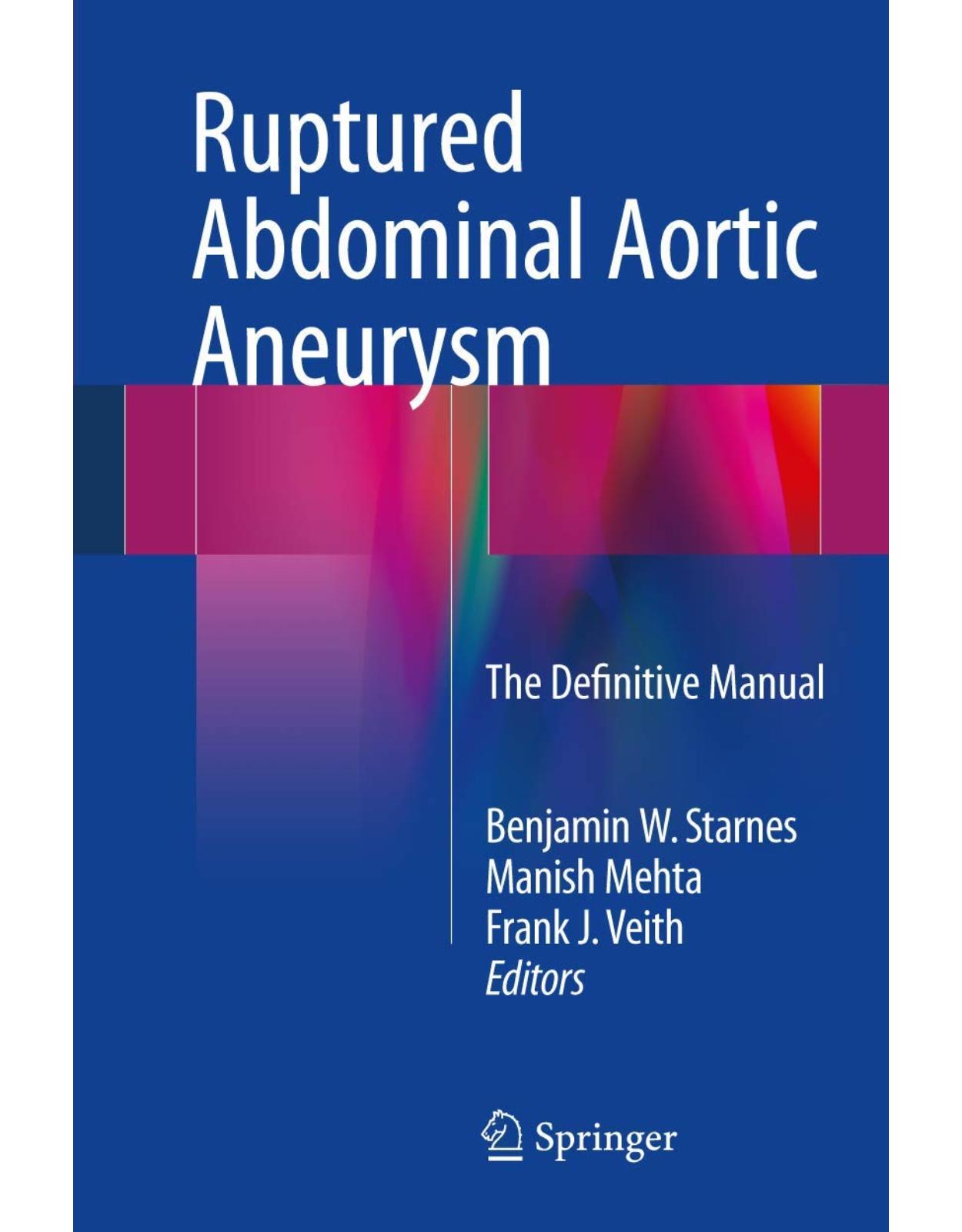
Ruptured Abdominal Aortic Aneurysm: The Definitive Manual
Livrare gratis la comenzi peste 500 RON. Pentru celelalte comenzi livrarea este 20 RON.
Disponibilitate: La comanda in aproximativ 4 saptamani
Editura: Springer
Limba: Engleza
Nr. pagini: 412
Coperta: Hardcover
Dimensiuni: 16.51 x 2.29 x 23.62 cm
An aparitie: 18 April 2017
Description:
This manual is designed to serve as the standard for the management of patients with ruptured abdominal aortic aneurysm (AAA) by means of modern techniques. All aspects are covered, from pathogenesis, clinical presentation, and diagnosis through to initial management, operative strategies, postoperative complications, outcomes and quality of life issues. The book is based on the experience gained at a leading U.S. institution (Harborview Medical Center, University of Washington) that treats up to 40 patients with ruptured AAA annually and is highly respected for its expertise in this medical emergency. The team at Harborview Medical Center has recently shown that the implementation of a structured protocol for the management of ruptured AAA, with emphasis on an “endovascular-first” strategy, dramatically reduces mortality and complications. This has led to a sea change in the way in which patients are managed. There is an increasing hunger for information on these codified protocols and Ruptured Abdominal Aortic Aneurysm: The Definitive Manual will be invaluable for both surgeons and critical care physicians.
Table of Contents:
Chapter 1: Historical Perspective on the Treatment of Ruptured Abdominal Aortic Aneurysms
References
Chapter 2: Background Scope of the Problem
Epidemiology
Clinical Presentations and Sites of Ruptured AAA
Anterior Intraperitoneal Rupture
Posterior Retroperitoneal Rupture
Chronic Contained Rupture AAA
Aortocaval Fistula
Aorto-left Renal Vein and Aortoduodenal Fistulae
Diagnostic Tests
Conclusions
References
Chapter 3: The Epidemiology of Ruptured Abdominal Aortic Aneurysm (rAAA)
Introduction
History
Incidence of rAAA
Incidence of rAAA in the Context of AAA
A Note on Pre-hospital Incidence of rAAA
rAAA Repair in the Era of EVAR
The Incidence of Rupture After Prior Repair
Risk Factors for rAAA
Aneurysm Diameter
Aneurysm Shape and Wall Stress
Aneurysm Expansion Rate
Current Smoking
Age
Symptom Status
Gender
Blood Pressure
Family History
Other Risk Factors
Protective Effect of Diabetes
Race and rAAA
Mortality of rAAA
Pre-hospital Mortality
Turndown Rate for rAAA
In-Hospital and Perioperative Mortality for rAAA
rEVARs Role in rAAA Mortality
Turndown Rates for Elective Repair and Its Effects on rAAA
Conclusion
References
Chapter 4: Pathogenesis of AAA Rupture
Introduction
References
Chapter 5: Wall Stress
Introduction
Maximum Diameter Is a Less than Ideal Predictor of AAA Rupture
Computational Biomechanics in the Prediction of AAA Rupture
Role of Wall Strength
Role of Wall Stress
Wall Stress as a Predictor of AAA Rupture and Dilatation
Role of Wall Stress in Other Pathologies
Thoracic Aortic Rupture Risk Prediction
Summary
References
Chapter 6: Clinical Presentation of RAAA
Acute Presentation of RAAA
Usual Presentation of RAAA
Retroperitoneal Rupture
Intraperitoneal Rupture
Unusual Presentation of RAAA
Aortocaval Fistula
Aorto-left Renal Vein Fistula
Aortoenteric Fistula
Arterio-ureteral Fistula
Chronic Presentation of RAAA
Chronic Contained Rupture
Presentation with Abdominal Compartment Syndrome
Presentation of Women with RAAA
Presentation of Children with RAAA
Misdiagnosis of RAAA
References
Chapter 7: The Ruptured Abdominal Aorta: Diagnostics
Introduction
Imaging Technique and Protocols
Imaging Findings
Ruptured Abdominal Aortic Aneurysm
Intramural Hematoma
Penetrating Atherosclerotic Ulcer
Conclusion
References
Chapter 8: Predictors of Certain Death
Introduction
Preoperative Variables
Glasgow Aneurysm Score (GAS)
Hardman Index
Vancouver Score
Edinburg Ruptured Aneurysm Score
VSGNE RAAA Risk Score
The University of Washington RAAA Score
Variables Consistently Associated with High Mortality
Age
Indices of Shock
Severe Hypotension
Cardiac Arrest
Loss of Consciousness
Renal Insufficiency or Increased Creatinine
Severe Anemia
Intraoperative Variables
Postoperative Variables
Other Considerations in Predicting Mortality After RAAA Repair
Endovascular Versus Open Repair of RAAA
Summary
References
Chapter 9: Prehospital Considerations for REVAR
Making a Rapid and Informative Diagnosis
Imaging Is Only Valuable if You Can See It
How Low Can It Go?
Keeping Your Patient’s Options Open
Inventory
Creation of an Acute Aortic Treatment Program
The Role for Simulation
Summary
References
Chapter 10: Guidelines for Transfer to Specialized Centers
Introduction
Current State
Emergency Department Deaths for Ruptured Abdominal Aortic Aneurysm
Transfer for Treatment of Ruptured Abdominal Aortic Aneurysm
Patient Selection
Key Components to Regionalization of Care
Optimizing Care During Transfer
The Potential Role for Best-Practice Guidelines
Future Directions
References
Chapter 11: Hypotensive Hemostasis in Patients Presenting with Ruptured Aortic Aneurysm
Introduction
Hypotensive Hemostasis Protocol and Experience at the University Hospital Zurich (USZ)
Vasoactive Drugs
Intra-aortic Balloon
Discussion
References
Chapter 12: Ruptured Abdominal Aortic Aneurysms: Aortic Occlusion Balloons
Introduction
RAAA Protocols
Technique
AOB Set
Technical Considerations
Clinical Results
Conclusion
References
Chapter 13: Operative Strategies
Transabdominal Repair of Ruptured Abdominal Aortic Aneurysms
History of Transabdominal Repair of Ruptured Abdominal Aortic Aneurysms
Modern Evolution of Open Rupture AAA Repair
Endovascular Aortic Balloon Occlusion During Open Repair
Patient Preparation, Positioning, Incision Planning, and Operative Adjuncts
Technical Aspects of Proximal Control
Distal Control
Aortic Exposure Near the Aneurysm
Aneurysm Repair
Removal of Transfemoral or Transbrachial Sheath and Bowel Assessment
Assessment for Intra-abdominal Hypertension and Abdominal Compartment Syndrome
Conclusion
Open Repair: Retroperitoneal
History and Perspective
Surgical Approach
Preoperative Patient Preparation
Left Posterolateral Retroperitoneal Approach
Retroperitoneal Exposure for Secondary Rupture After EVAR
Conclusion
Rupture EVAR Using Bifurcated Stent Grafts
Introduction
Approach to Ruptured EVAR
Endovascular Setup and Techniques
Ruptured EVAR Using Bifurcated Stent Grafts
Expanding the Proximal Stent Graft Landing Zone for Ruptured Pararenal AAA
Rupture After EVAR
Conclusions
EVAR-AUI: The European Experience
Introduction: The Origins of the AUI Graft
The European Experience: Graft Complications
“Peri-graft Extravasation”: The Risk of the Endoleak and Surveillance
AUI and the Ruptured AAA: A Victim of Its Own Success
AUI Devices/Occluders/Technique
Bifurcated Grafts Versus the AUI
Conclusion
Physician-Modified Endovascular Grafts for Treating Ruptured Abdominal Aortic Aneurysms
Introduction
Technique
Device Preparation
PMEG Procedural Details
Conclusions
Endovascular Aneurysm Sealing for Ruptured Abdominal Aortic Aneurysm
Introduction
Nellix® EVAS Procedure
Imaging Surveillance After Nellix® EVAS Procedure
Advantages of Nellix® EVAS in rAAA
Disadvantages of Nellix® EVAS in rAAA
Evidence Behind Nellix® EVAS in rAAA
Conclusions
Aortocaval Fistula
Background
Epidemiology
Anatomy and Pathophysiology
Clinical Presentation and Diagnosis
Management
Outcomes
Dealing with Ruptured Common Iliac Artery Aneurysms
Introduction
Incidence and Etiology
Clinical Presentation
Elective Repair and Incidence of Rupture
Surgical Approaches
Open Surgical Repair
Endovascular Repair
Proximal Landing Zone Management
Distal Landing Zone Management
Hypogastric Artery Preservation
Hypogastric Artery Sacrifice
Outcomes of Emergent Repair
Conclusions
Management of Ruptured Abdominal Aortic Aneurysms in Association with Aortic Dissection
Introduction
Diagnosis
Preoperative Management
Open Surgical Management
Endovascular Management
Conclusion
Surgical Conversion for Rupture After EVAR
Preoperative Considerations
Operative Approach
Technical Challenges
Device Removal
Limb Removal
Hybrid Reconstructions
Outcomes
Conclusions
References
Transabdominal Repair of Ruptured Abdominal Aortic Aneurysms
Open Repair-Retroperitoneal
Rupture EVAR Using Bifurcated Stentgrafts
EVAR-AUI The European Experience
Physician Modified Endovascular Grafts for Treating Ruptured Abdominal Aortic Aneurysms
Endovascular Aneurysm Sealing for Ruptured Abdominal Aortic Aneurysm
Aortocaval Fistula
Dealing with Ruptured Common Iliac Artery Aneurysms
Management of Ruptured Abdominal Aortic Aneurysms in Association with Aortic Dissection
Surgical Conversion for Rupture After EVAR
Chapter 14: Randomized Trials: What is the Evidence?
Randomized Trials: What is the Evidence?
Introduction
RCT Trials: AJAX, ECAR, and IMPROVE (Design)
AJAX (Amsterdam Acute Aneurysm Trial)
ECAR (Ruptured Aortoiliac Aneurysm: Endo Versus Surgery)
IMPROVE
Analysis of Findings from the IMPROVE Trial
30-Day Outcomes
1-Year Follow-Up Data
Morphology
Individual Patient Meta-analysis of the Randomized Controlled Trials
Conclusion
The Recent Randomized Trials of EVAR Versus Open Repair for Ruptured AAAs Are Misleading
References
Randomized Trials: What Is the Evidence?
The Recent Randomized Trials of EVAR Versus Open Repair for Ruptured AAAs Are Misleading
Chapter 15: Postoperative Intensive Care Unit Management After Ruptured Abdominal Aortic Aneurysm
Introduction
From Operating Room to ICU
Initial Assessment and Stabilization
Intravascular Volume Assessment
Bleeding and Resuscitation
Evaluation and Management of Ongoing Hemodynamic Instability
Myocardial Infarction
Atrial Fibrillation
Ventilator Management
The Early Postoperative ICU Course
Abdominal Compartment Syndrome
Acute Kidney Injury
Acute Limb Ischemia
Adrenal Insufficiency
Ischemic Colitis
Standard Daily Critical Care Principles and Practice
Neurologic/Pain Management
Cardiac
Pulmonary
Renal and Genitourinary
Gastrointestinal/Nutrition
Endocrine
Prophylaxis
Daily Checklist
References
Chapter 16: Postoperative Complications
Ischemic Colitis After Ruptured Abdominal Aortic Aneurysm Repair
Introduction
Pathophysiology
Risk Factors for the Development of Ischemic Colitis
Diagnosis
Endoscopic Surveillance Following rAAA
Treatment Options
Conclusion
Abdominal Compartment Syndrome Following Ruptured Abdominal Aortic Aneurysm
Introduction
Definition of IAH/ACS
How Common Is IAH/ACS After rAAA Repair?
Risk Factors for ACS After rAAA Repair
Can ACS Be Prevented? Medical Management?
Decompression Laparotomy (DL)
Prophylactic Open Abdomen Treatment
Management of the Patient with Open Abdomen (OA)
Prognosis
Spinal Cord Protection in Emergency Aortic Surgery
Introduction
Pathogenesis and Risk Factors
Spinal Cord Protection
Conclusion
Multisystem Organ Failure After Ruptured Abdominal Aortic Aneurysm
Introduction
Pathogenesis
Incidence
Risk Assessment
Procedural Factors Associated with Development of MSOF After rAAA Repair
Reoperation and Reintervention
Abdominal Compartment Syndrome
Colon Ischemia
Cardiac Dysfunction
Renal Dysfunction
Respiratory Failure
Limb Ischemia
Spinal Ischemia
Strategies to Reduce Multisystem Organ Failure After rAAA
Management of Endoleaks After rEVAR
Background
Classification
Management Options
Type I Endoleaks
Type II Endoleaks
Type III Endoleaks
Conclusions
References
Ischemic Colitis After Ruptured Abdominal Aortic Aneurysm Repair
Abdominal compartment syndrome following ruptured abdominal aortic aneurysm
Spinal Cord Protection in Emergency Aortic Surgery
Multisystem Organ Failure After Ruptured Abdominal Aortic Aneurysm
Management of Endoleaks After rEVAR
Chapter 17: Outcomes of Ruptured Aortic Aneurysm: Early and Late
Overview of Outcomes
Permissive Hypotension
Regionalization of Care
Standardized Protocols for Diagnosis and Management
Outcomes from Retrospective Studies
Open Repair
Endovascular Repair
Comparison of Open and Endovascular Repair
Randomized Controlled Trials
Amsterdam Acute Aneurysm Trial
Immediate Management of Patients with Rupture: Open Versus Endovascular Repair (IMPROVE) Trial
Predicting Outcomes After Repair of Ruptured Abdominal Aortic Aneurysm
Glasgow Aneurysm Score
Hardman Index
Edinburgh Ruptured Aneurysm Score
Vascular Study Group of New England Score
Summary of Evidence
References
Chapter 18: Quality of Life After RAAA
References
Chapter 19: Ethical Issues Regarding rAAA
Introduction
Body
Basic Ethical Principles
Decision-Making
Effective Communication with Families of Critically Ill Patients
The Role of Palliative Care
End-of-Life Issues
Conclusion
References
Chapter 20: US Coding and Reimbursement
Introduction
Open Surgical Repair
Infrarenal Endovascular Repair
Fenestrated Endovascular Repair
Upcoming Changes
References
Chapter 21: Technique of Supraceliac Balloon Control of the Aorta During Endovascular Repair of
Technique
Discussion
References
Index
| An aparitie | 18 April 2017 |
| Autor | Benjamin W. Starnes , Manish Mehta , Frank J. Veith |
| Dimensiuni | 16.51 x 2.29 x 23.62 cm |
| Editura | Springer |
| Format | Hardcover |
| ISBN | 9783319238432 |
| Limba | Engleza |
| Nr pag | 412 |

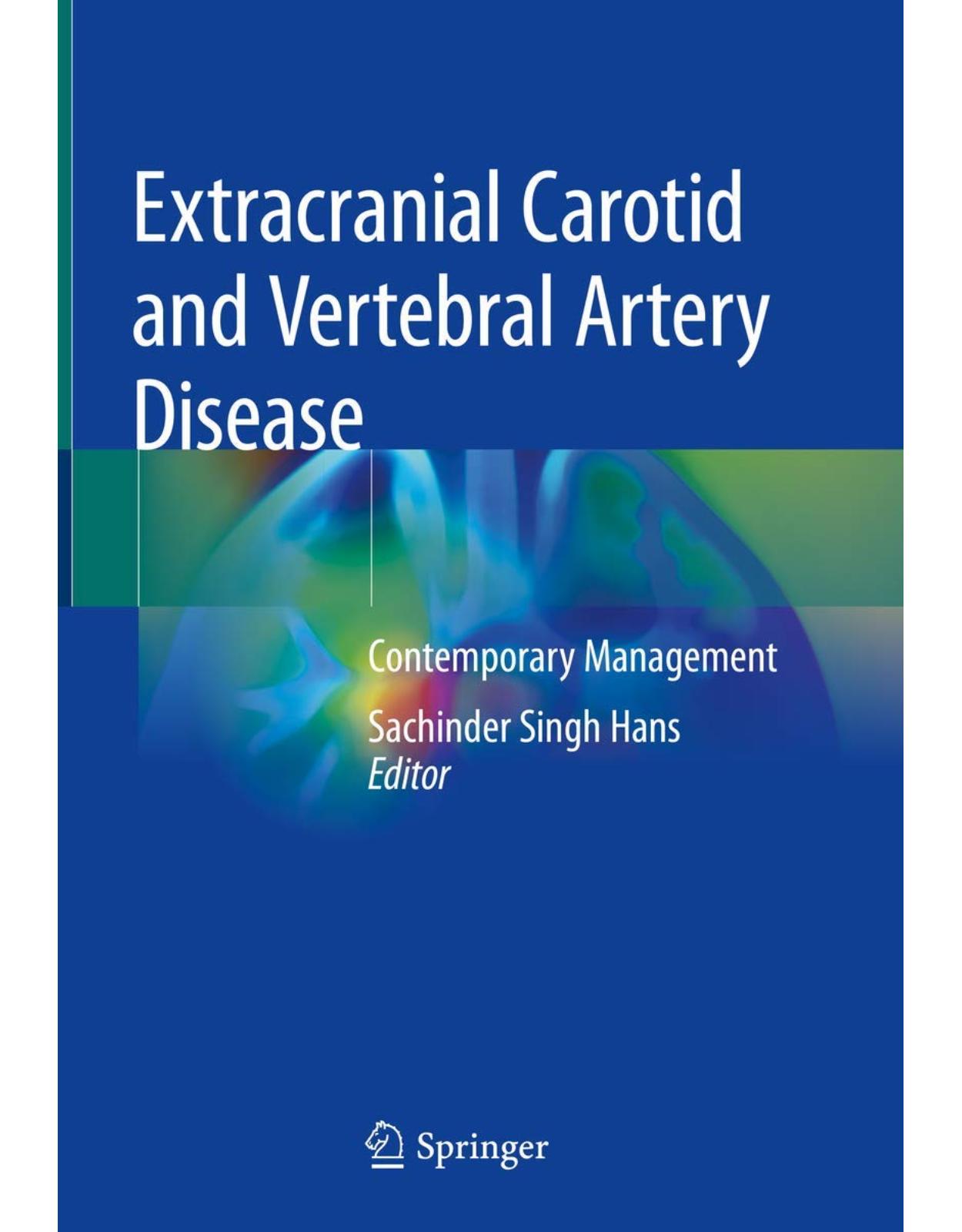
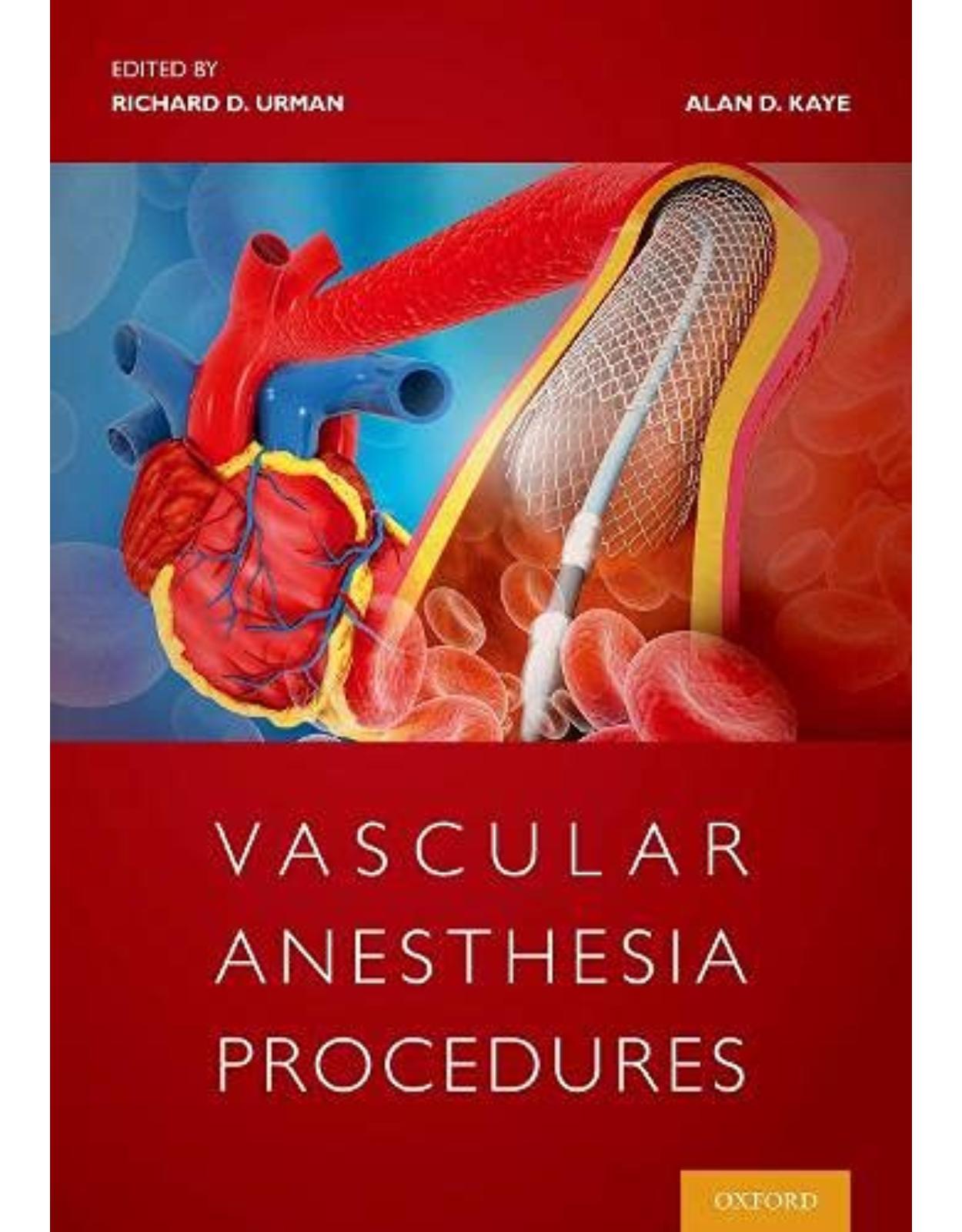
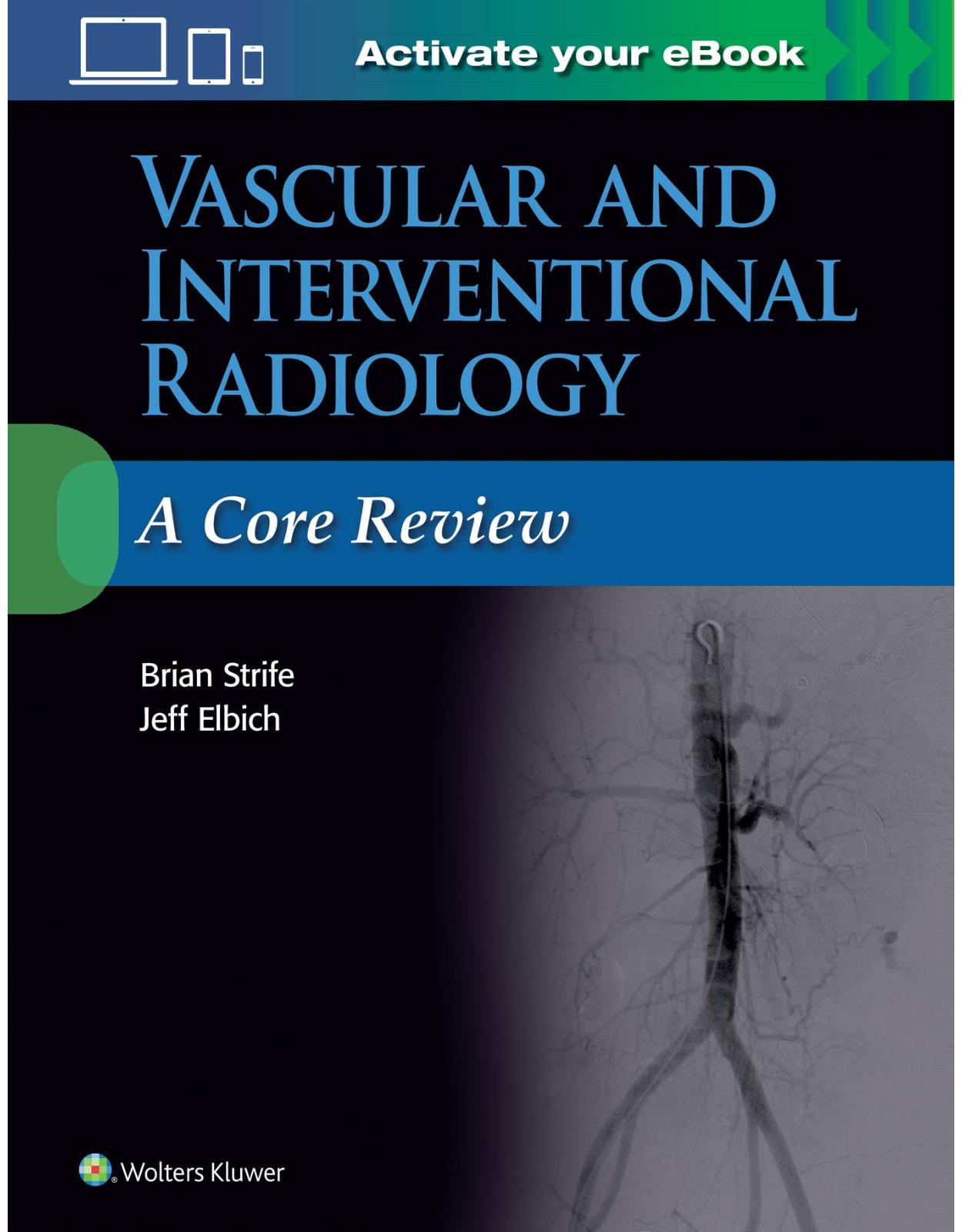
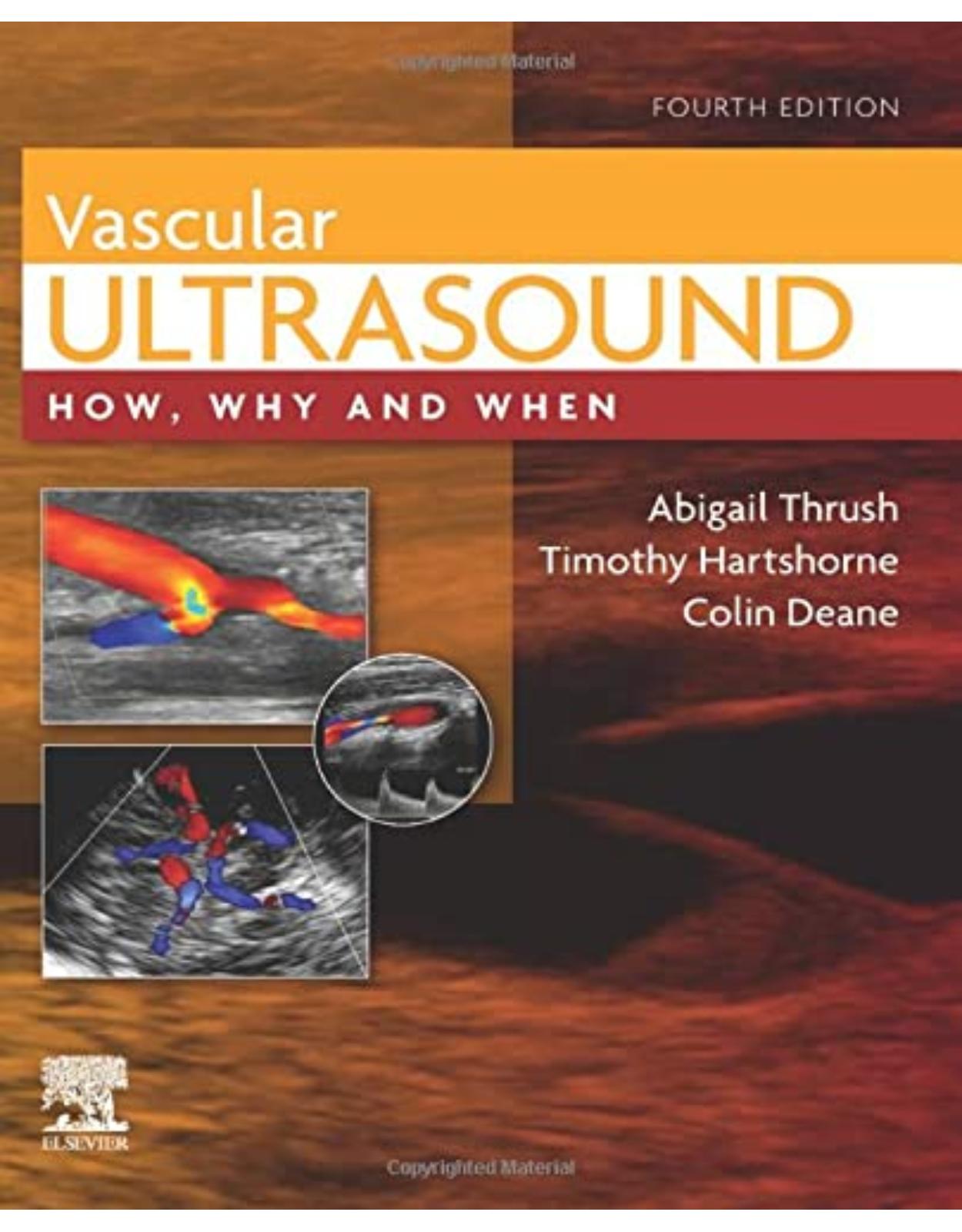
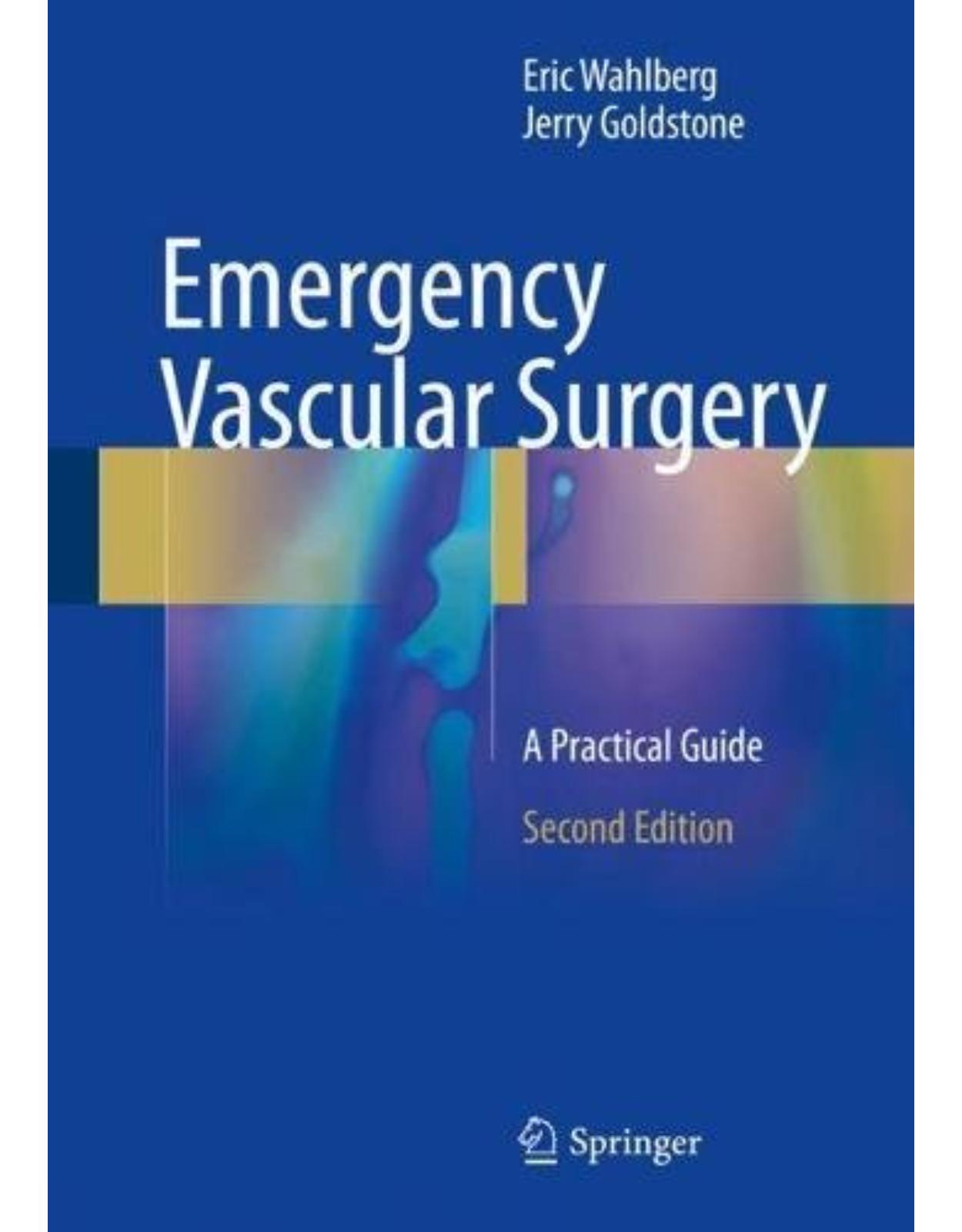
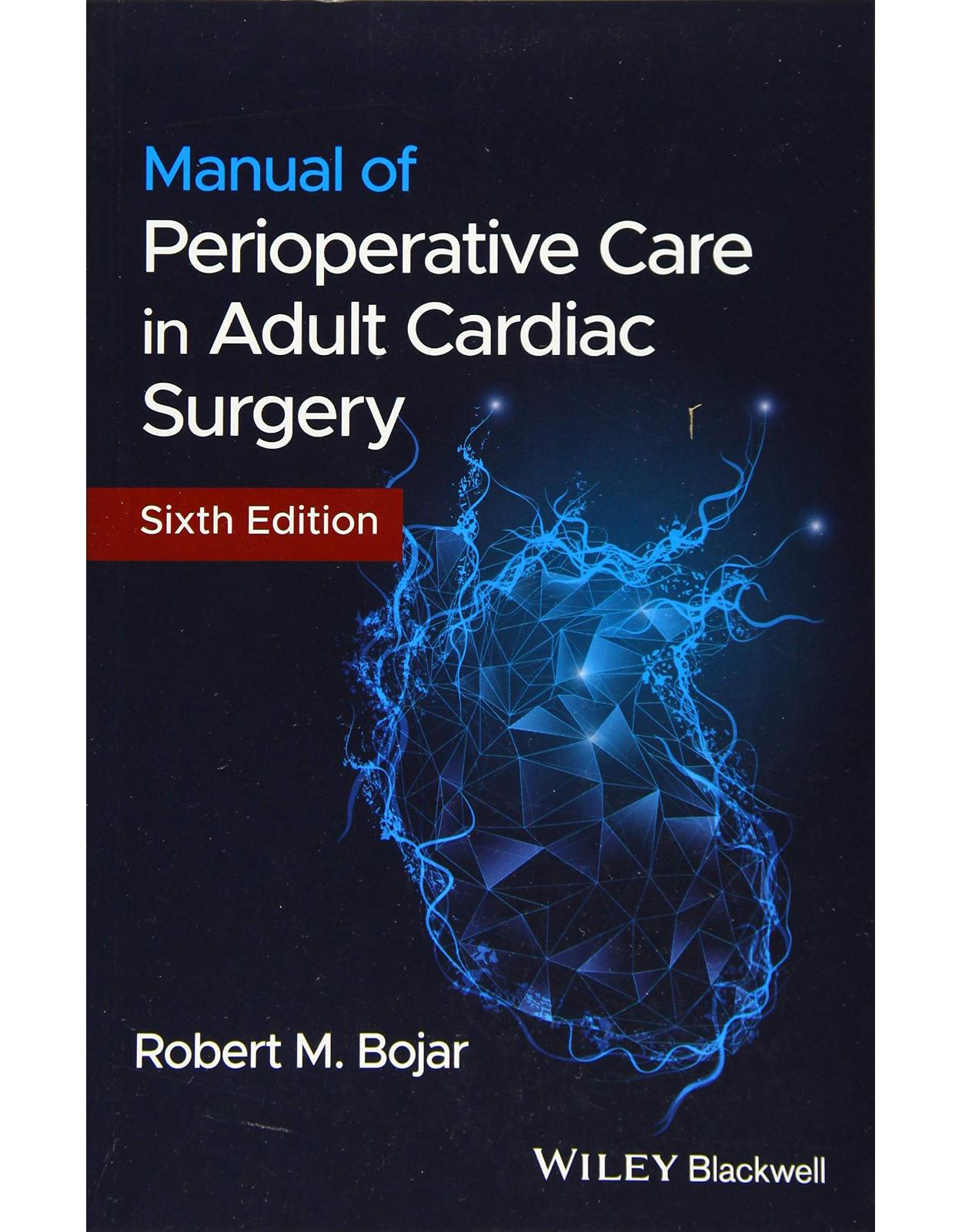
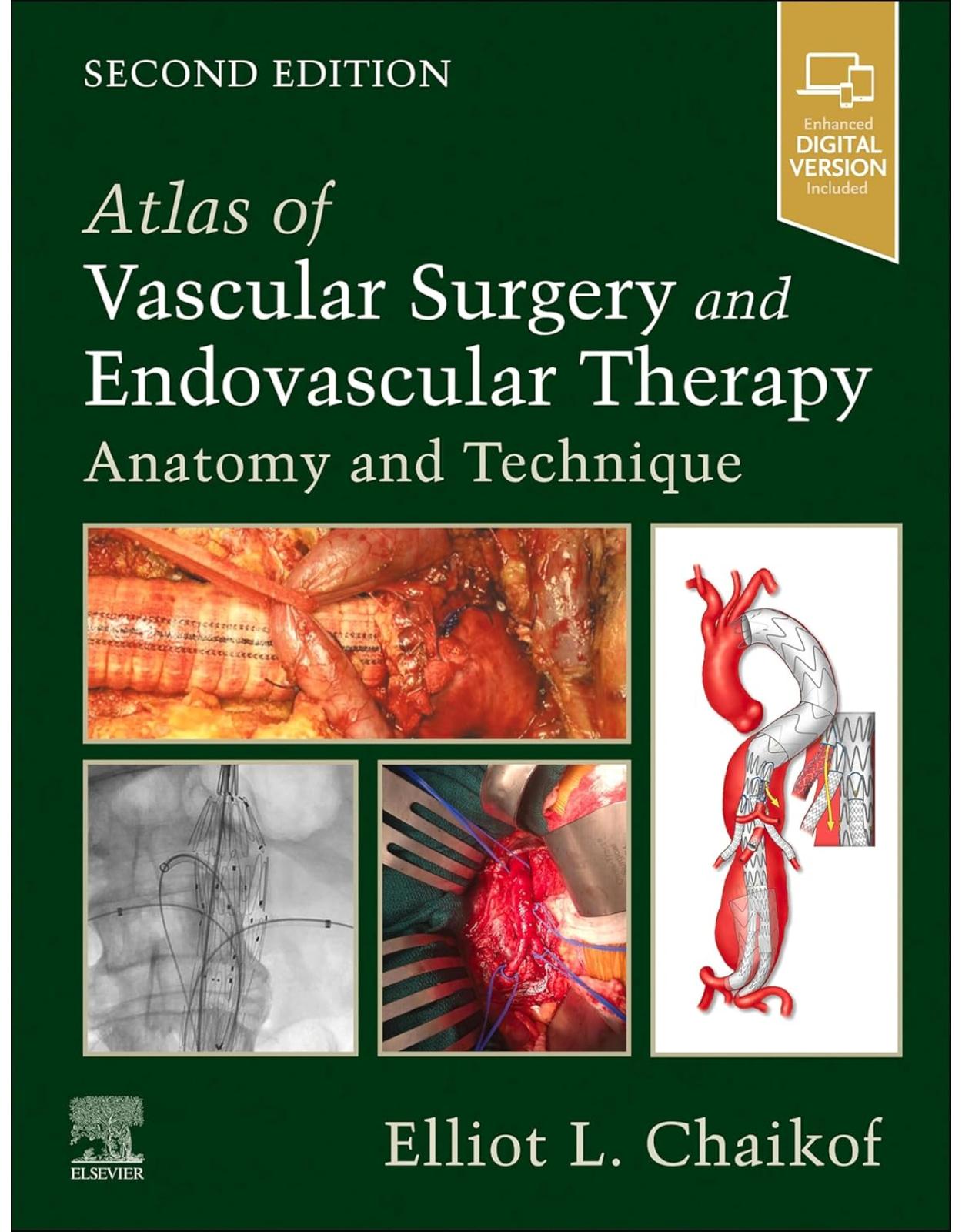
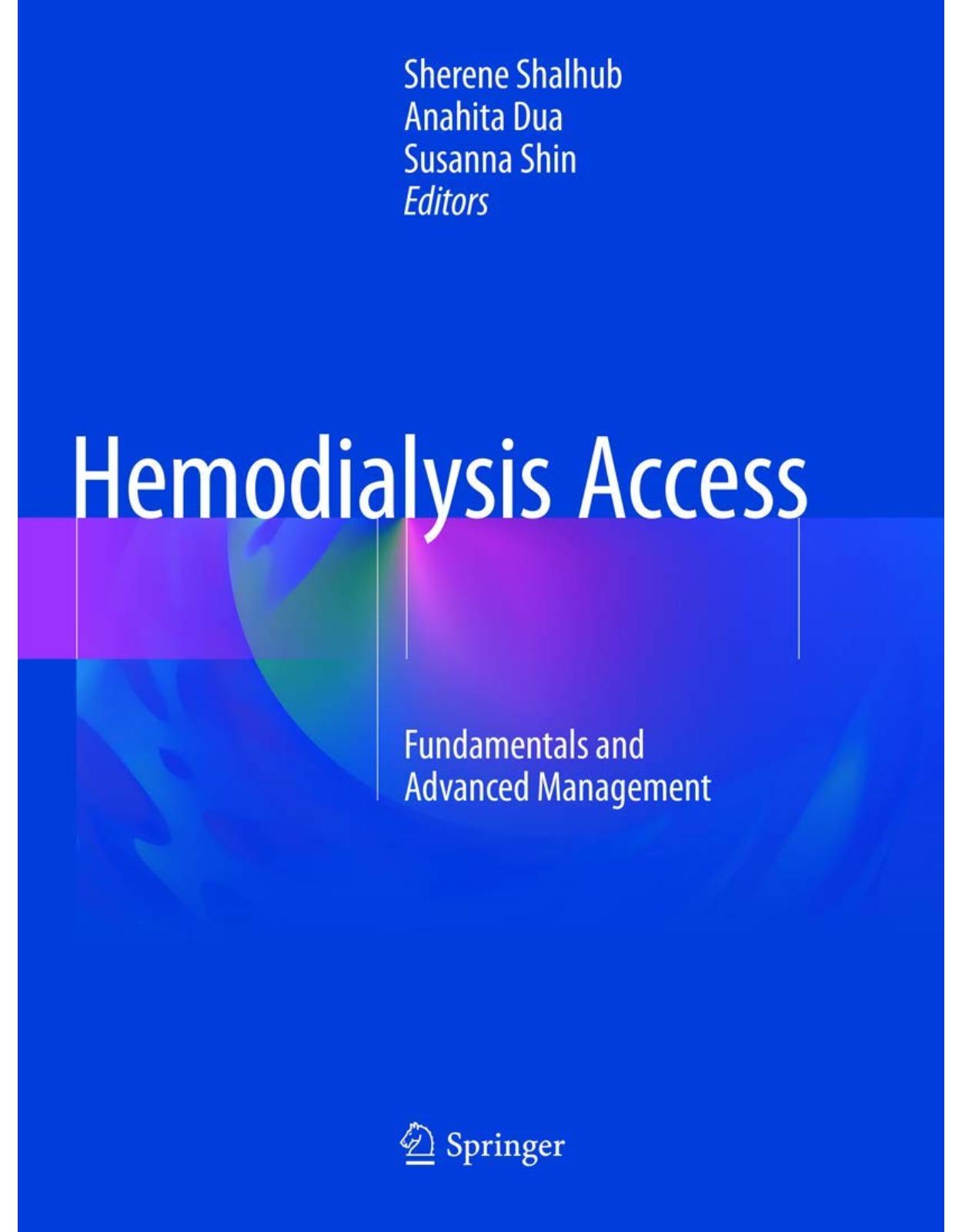
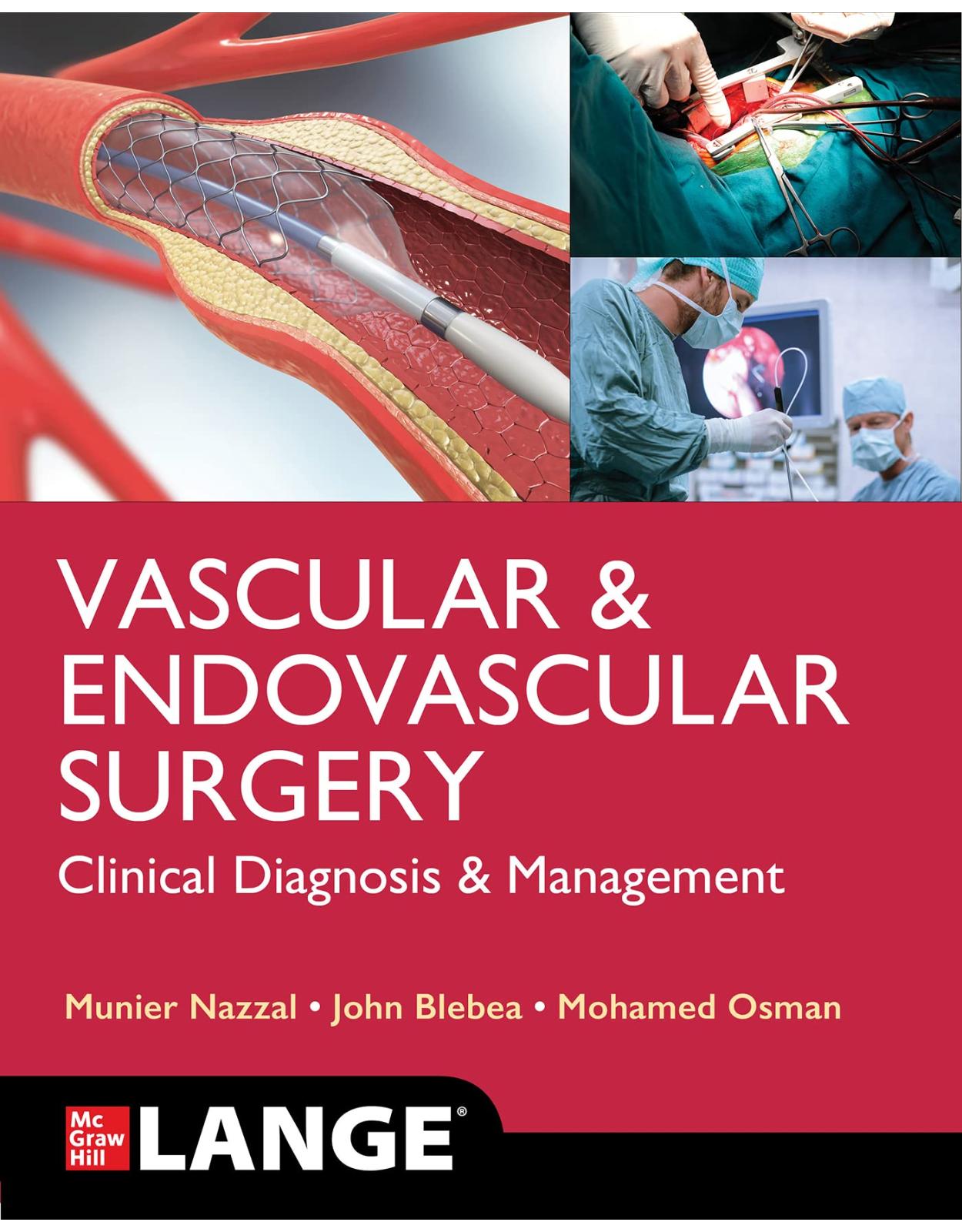
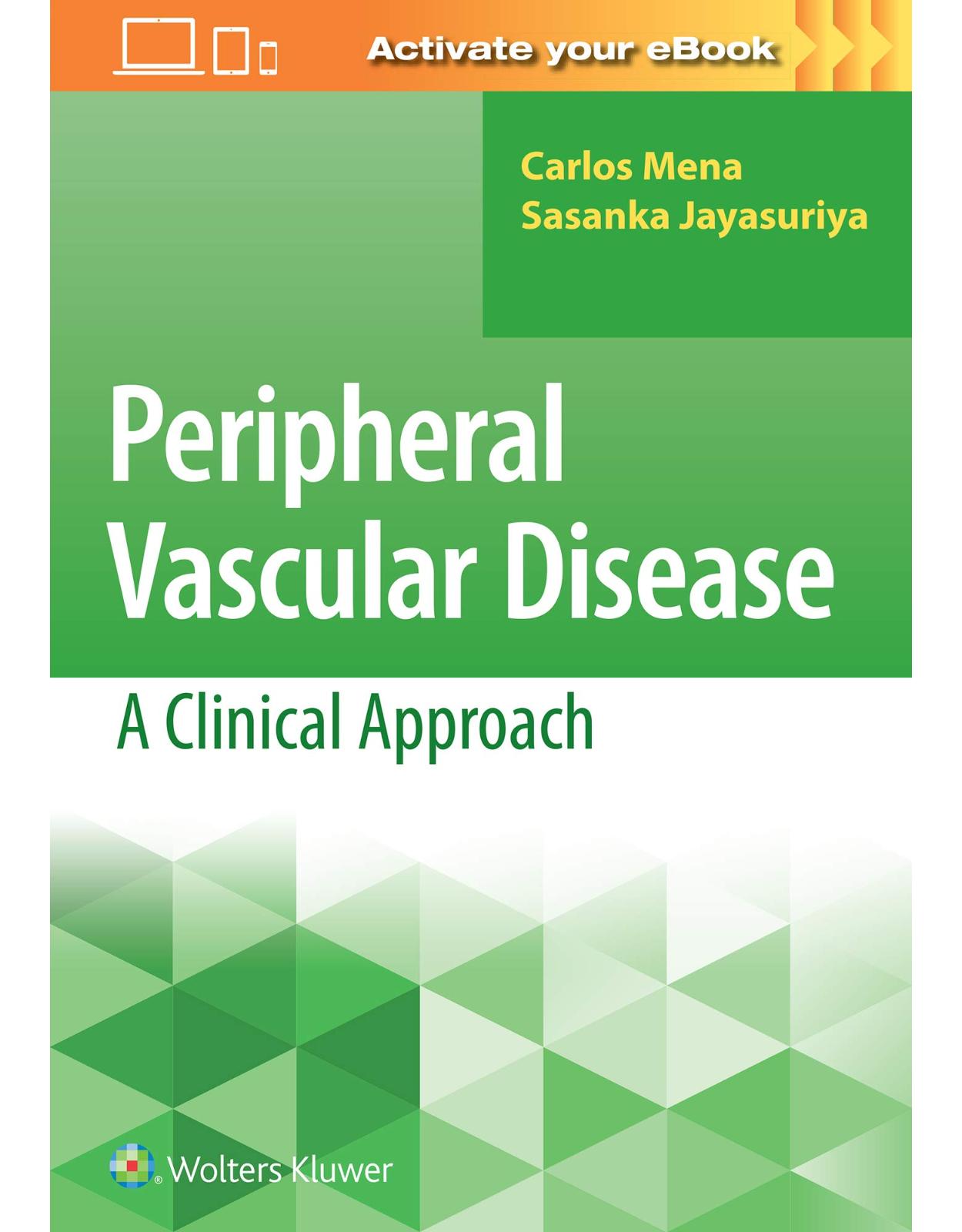
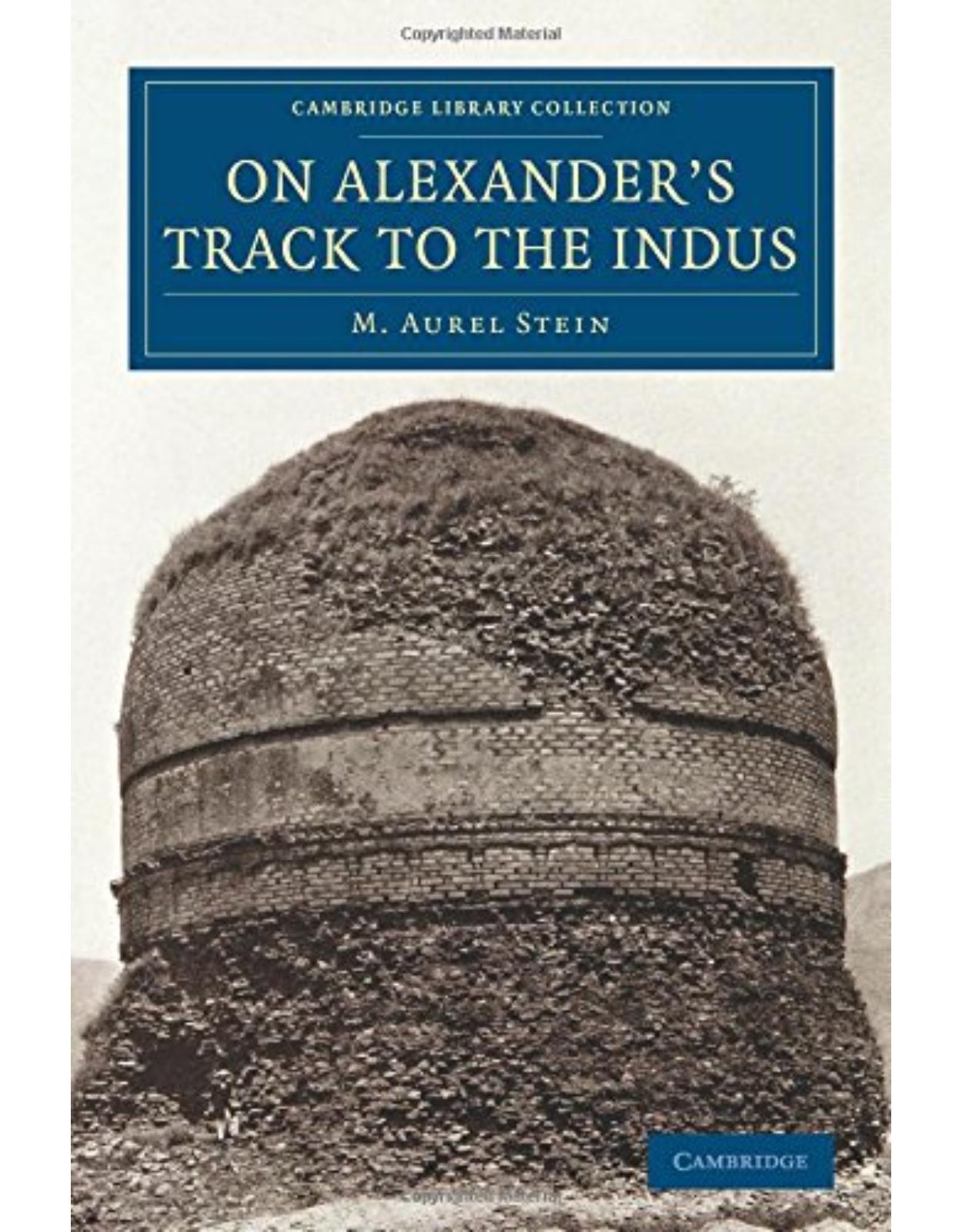
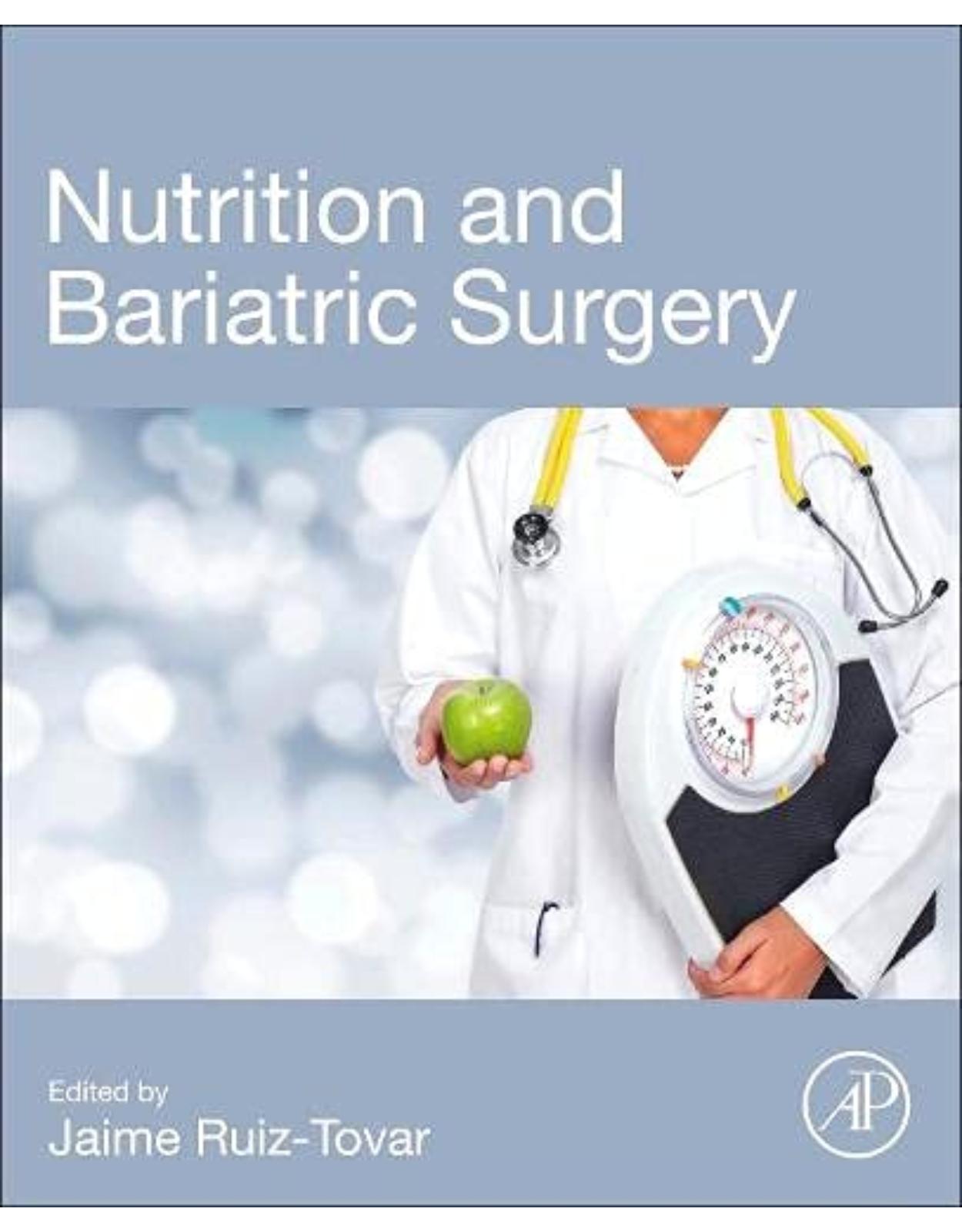

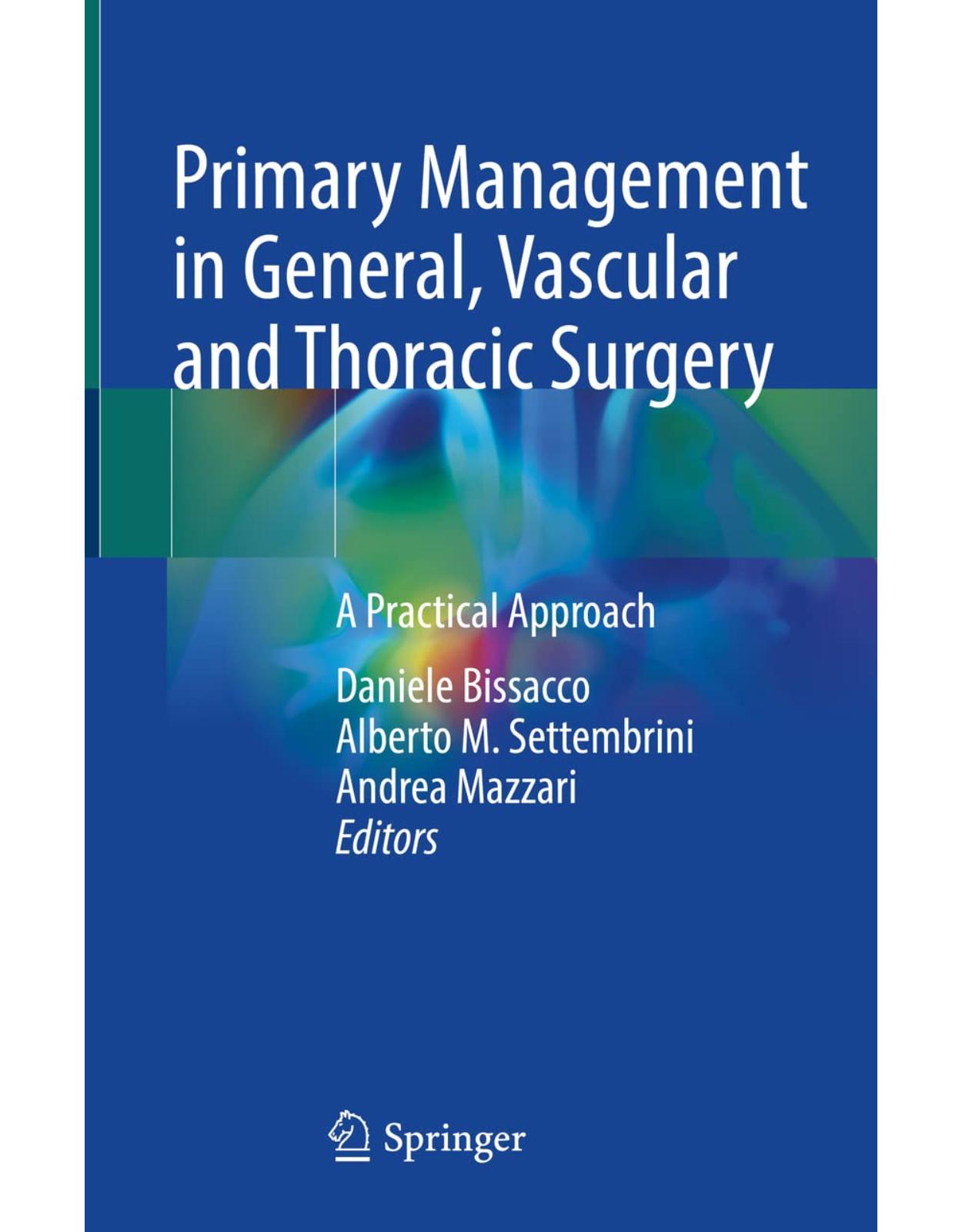


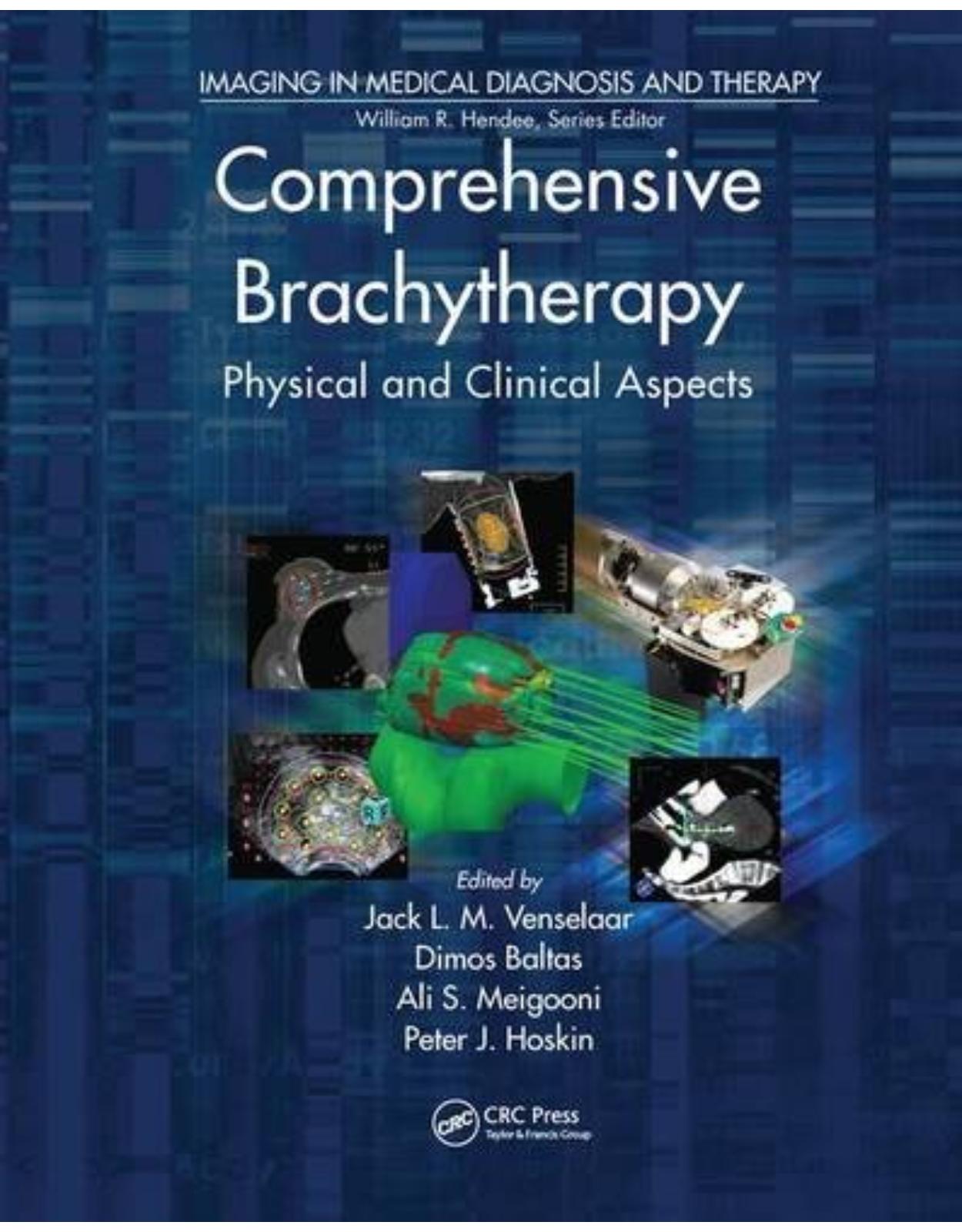
Clientii ebookshop.ro nu au adaugat inca opinii pentru acest produs. Fii primul care adauga o parere, folosind formularul de mai jos.